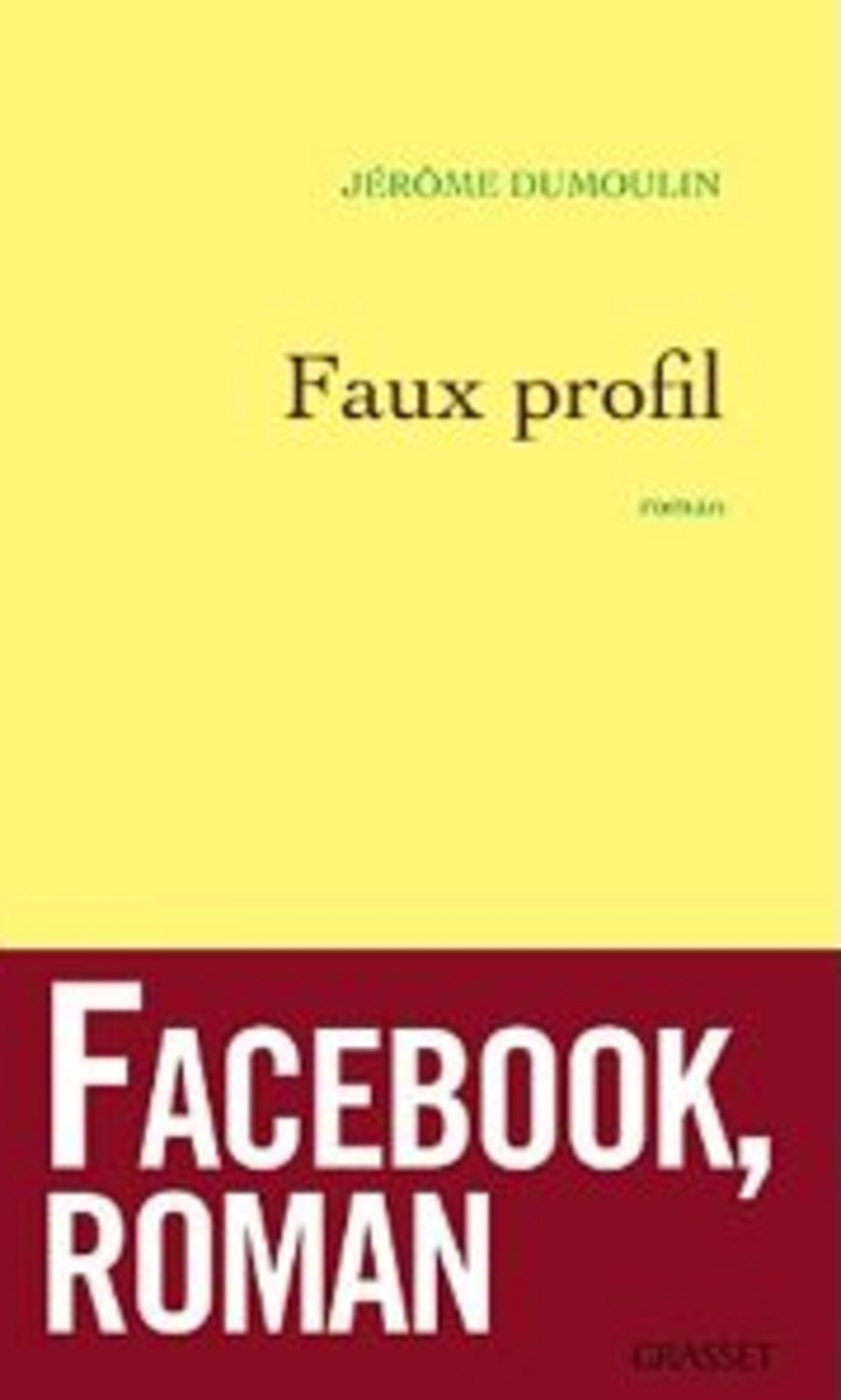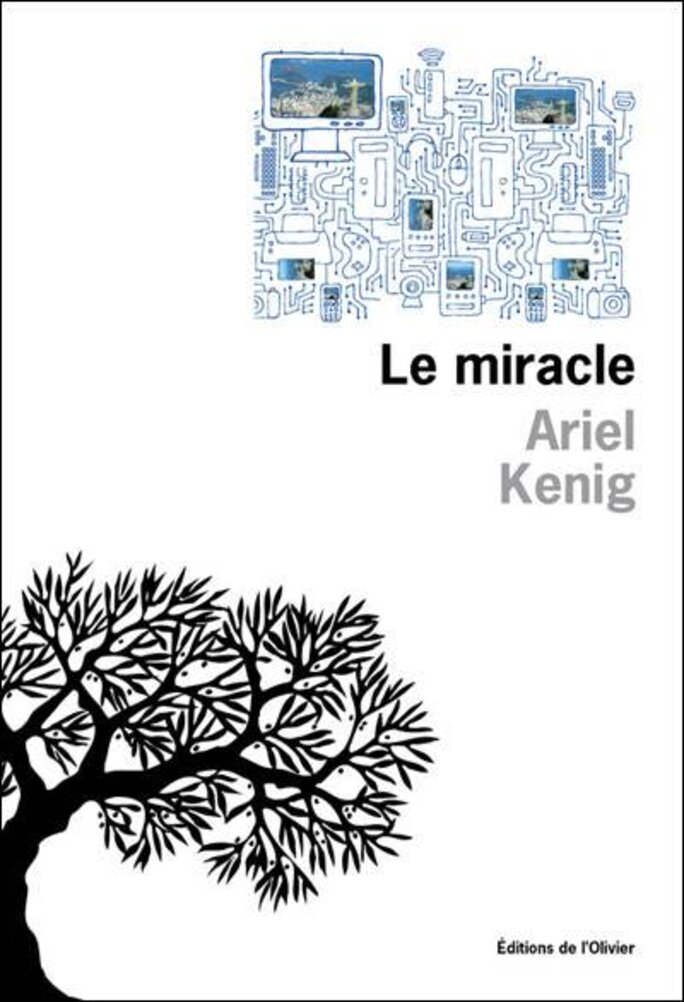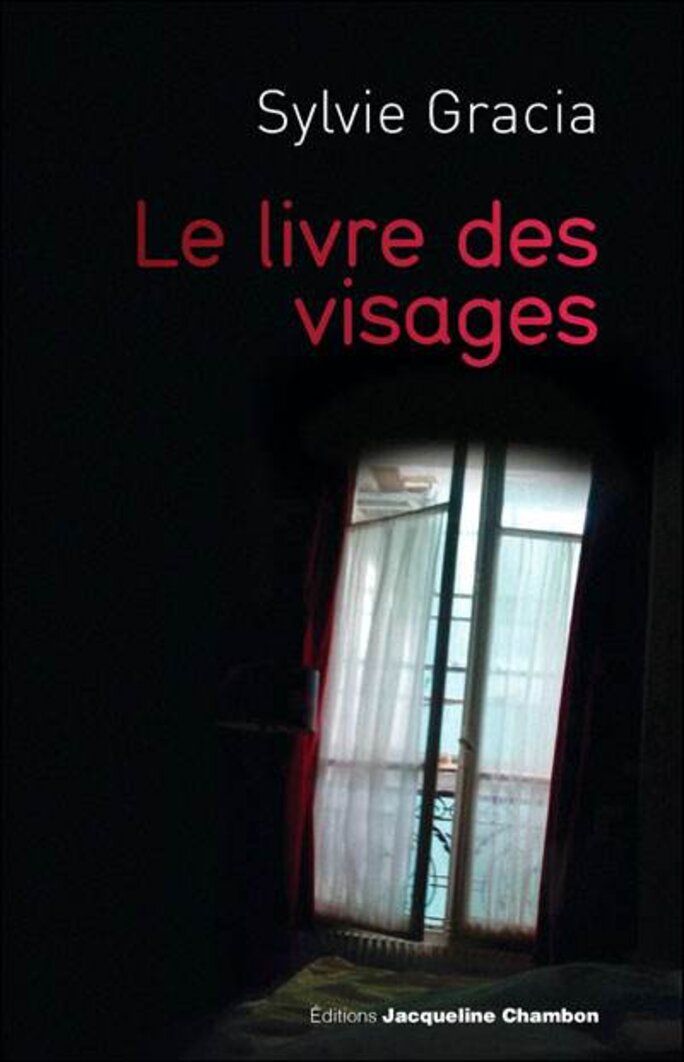The Internet has become a source of inspiration for writers of fiction. In American literature, for example, the authors Gary Shteyngart, Tao Lin and Russell Banks have all used the web and modern technology as backdrops for recent works. French writers, too, have been quick to see the possibilities and challenges posed by new forms of media. One such example is the novel Fake by Giulio Minghini published in 2009.
And in recent weeks four novels have been published that, though very different in form and approach, have one thing in common – social networks such as Facebook and their communication and dissection of daily life.
The four books are Enjoy by Solange Bied-Charreton, Le Miracle, by Ariel Kenig, Le Livre des visages, by Sylvie Gracia and Faux Profil by Jérôme Dumoulin. Not all of the writers hail from the so-called Generation Y. Yes, at the age of 29, this is Bied-Charreton's first novel while Ariel Kenig, co-author of New Wave (2008) and author of Camping Atlantic (2005) and Quitter la France (2007), was also born in 1983. However Gracia and Dumoulin do not belong to the generation that has grown up with new media, yet they, too, have found inspiration in Facebook.
The novels explore very different themes, ranging from a scandal involving photos of Nicolas Sarkozy's son Pierre taken during a holiday in Brazil to the concept of images – literary and photographic – to self-perception and the nature of lies. They also play with the new meanings that the internet has given to certain words such as “profile”, “wall”, “office” and “window”.
Faux Profil (“False Profile”) by Jérôme Dumoulin, published by Grasset, €17.80

Facebook as a masked ball? Here the contacts are “friends” who have never met, though they are constantly in contact on the wall, via chat or email. It is in this recreational area that stories begin to take shape. Dumoulin's novel has as an epigraph a quote from the Memoirs of the 18th century French soldier and diplomat Saint-Simon. “The previous winter we had made several realistic wax masks of personalities at court, which they wore underneath other masks, so that when they were de-masked one was deceived into taking the second mask for the face....”
In Faux Profil the court in question is a virtual one, with its own vivid personalities including the character Cyril Molotov. He illustrates the perversity of the social network space variously described by other characters as a “promised land” and a place of “troublemakers”. An inveterate liar, cunning and devious, he forms dangerous relationships with Liliane and Luc. They both like Cyril – even if the profiles are often fake the emotions are real – but suspect him of making everything up. They decide to call his bluff and, as they try to track down the truth of his life, the book takes on the tones of a thriller.
Dumoulin's novel aims to be a comedy of manners and analyses the many variations that the network throws up, while at the same time showing the enduring nature of what might be called social theatre through the centuries; lies, a performance, private and intimate matters amplified by being played out in public. But it tips too often into “sugary clichés” and “florid prose”, to be fully convincing. Its heavy and forced style is doubtless intended to be a mirror of that used by Facebook users...but it has too well imitated its subject to merit a “thumbs up”.
Enjoy, Solange Bied-Charreton, Stock, €18.50

In her début novel Solange Bied-Charreton creates her own fictional social network - “the biggest in the world” - called ShowYou. Here you can catch up with the lives of people you know or have known in your life, watching regular “shows” they have put online. But the same conditions apply to all users – everyone has to reveal their own lives. “The rule was: a video of oneself each week to send out on the network,” points out one of the characters. Any failure to meet this rule leads to permanent exclusion in an era when virtual death is synonymous with social death. In effect it is a kind of voluntary Big Brother (in the Orwellian rather than the reality TV sense).
One of the characters, Charles Valérien, inherits a flat, searches for furniture and décor ideas on the web and posts a show entitled “Moving into my flat” on the network. For he and other members being part of this network is a way of filling one's life, the nights and weekends. “Existence was a mirror in which one reflected oneself without reflection. Everything was dead, only the screen was alive.”
On a bus Charles meets a young woman who, to his astonishment, is not a member of ShowYou or any virtual network. “I remained flabbergasted faced with the improbable: Anne-Laure Bagnolet, 22, a young woman in Paris, was not a member of ShowYou? I could not believe my eyes. My eyes, which saw nothing apart from what was on the screen, had however seen her.”
Does a life exist outside the screen? Enjoy explores the frontiers of boredom and entertainment, between reality and illusion. It is a contemporary fable, clinical, ironic and merciless, and reads like a web 2.0 era version of the classic 1954 novel Bonjour tristesse by Françoise Sagan.
Le Miracle, Ariel Kenig, Editions de l’Olivier, €16

The narrator of Ariel Kenig's Le Miracle has “not always known that the Internet existed”. He belongs to one of the last generations who knew “the world before”. It is at the end of the 1990s that he understands that a “new land is being built. The Internet was a space that was finding its place. The social networks were going to help us there.” First came Myspace then Facebook went global in 2006, “a maze of a billion images, texts, videos and links...”
The novel explores and questions the notions of image – of oneself and the world – diffracted by social networks, tools of an “enhanced reality”. But the reality can also be diminished, even distorted, as Ariel Kenig's work shows through a true event. Pierre Sarkozy – son of Nicolas Sarkozy – was said to have “miraculously” escaped a terrible mudslide in Brazil. In fact photos showed that at the time of the incident he was safe on a yacht, a gilded and carefree youth, living a bling-bling lifestyle in the caricatured image of his father. In this way the author questions our reaction to the cult of celebrity, to our use of image and to reputations.
The novel parts company with real events to question their relationship with truth in a work that deliberately hovers between analysis and thriller; via an old school friend who has resurfaced on Facebook, the narrator gets his hands gets on the confidential photos of the president’s son and wants to sell them to celebrity magazines. But what story can he give?
Le Miracle is like an archive of our era, an uneven novel that is worth reading for its analysis of young people who are disoriented when their own story disconcerts them. It is also interesting for the way it depicts how “the Internet was breaking up our previous perceptions of the world”, for the way it depicts a time in which everything is recorded. Despite its tentative nature, Ariel Kenig's novel comes across as an attempt to find a “grammar” which exists “in the absence of our examination of the present”.
“I was exploring in some kind of way the lack of awareness of the mediasphere, whose events served for the basis of a popular novel,” says the author.
Le Livre des visages, Sylvie Gracia, , Editions Jacqueline Chambon, text plus 125 photographs, €25

Enlargement : Illustration 4

Sylvie Gracia's book takes its name from a literal French translation of Facebook – the book of faces or Le Livre des visages. In her case it involved spending a year posting “photo-texts” on her Facebook wall, consisting of low-definition images taken with her mobile phone accompanied by a short text explaining what the picture evokes for her.
Gradually a new form of digital diary emerges, a journal that is scarcely intimate as it is shared with her virtual “friends”. These fragments of text, with their outbursts of anger, fear or wonderment, and which show both poetry and commitment, focus on the here and now, magnified and banal. It is a fascinating self-portrait that captures the paradox of the obviousness of the world and its fundamental lack of reality. This is confronting the format of the novel with its modern challenge – how to compete against the virtual world. As the author notes: “I abandoned the idea of sitting down to write a good old novel. The form seems dead to me.”
Certainly this book is different. Once printed, it has returned again to Facebook where the author comments on her book-signing sessions in bookshops and literary festivals, plus the book's reception by critics and readers. The philosopher Jean-Jacques Rousseau described his famous Confessions – the forerunner of the modern autobiography – as an exercise that had no precedent. Such a definition would fit Le Livre des visages, which pushes to its limit the link between social networks and writing. For Sylvie Gracia it is not just about reading and seeing episodes of a year marked by illness, grief and sex, but to create from these fragments contemporary writing.
Le Livre des visages is an extraordinary work: full of wonderful, sharp awareness, of political and personal commitment, it can obviously be read without knowing or wanting to know anything about social networks. But that would be to miss its modernity and value.
This book encapsulates the ideal put forward by the artist Robert Filliou – himself cited by Sylvie Gracia – that: “Art is that which makes life more interesting than art.”


